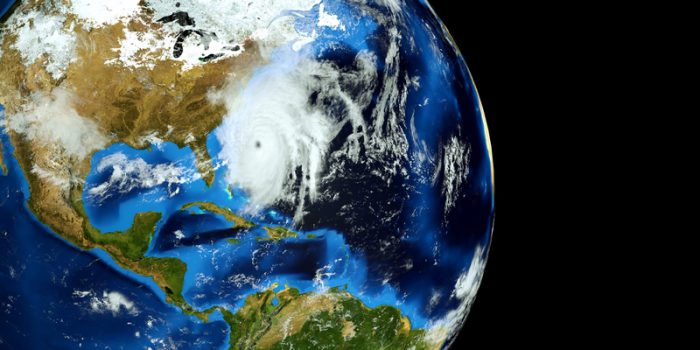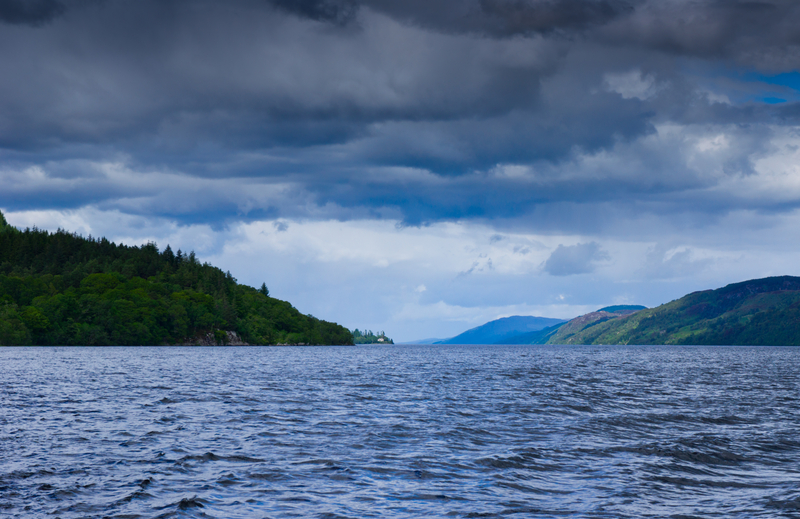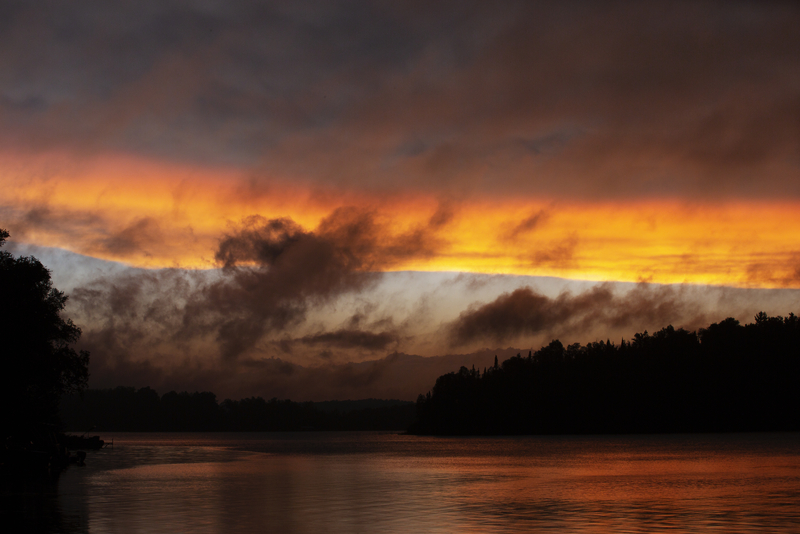This morning, a pair of massive tropical cyclones are making global headlines. In the United States, Hurricane Florence has made landfall (reached the shore) in North Carolina. Meanwhile, a northern region in the Philippines called Luzon is bracing itself for the arrival of Typhoon Mangkhut some time this Saturday.
Different storms, similar impact
People wade through floodwaters in North Carolina on Thursday. (Getty Embed)
These two storms are halfway across the world from each other and very different. Florence is a slow-moving Category 1 storm. Though it has weakened from what was once a Category 4 system, its slow pace means that it is going to bring monstrous amounts of rain to the places it hits. And this means massive flooding and damage. Already, coastal towns and cities in North Carolina are reporting heavy flooding from rain and storm surges (when an ocean storm brings rising ocean water with it). And this is only the beginning of Florence's visit.
NEW: #Hurricane #Florence has made landfall near Wrightsville Beach, North Carolina at 7:15 AM EDT (1115 UTC) with estimated maximum winds of 90 mph (150 km/h), and a minimum central pressure estimate of 958 mb (28.29"). https://t.co/tW4KeGdBFb pic.twitter.com/vzpe6MjTf9
— National Hurricane Center (@NHC_Atlantic) September 14, 2018
Then there's Mangkhut. This typhoon is a beast that rates as Category 5. This is the highest rating for a storm—Hurricanes Maria and Irma from last summer were this strength.
People in the Philippines are gathering emergency supplies and readying shelters against Mangkhut. (Getty Embed)
Though the storm should pass faster than Florence, its impact will be devastating. Winds have been recorded at 285 km/h (180 mph), which is strong enough to seriously damage or destroy homes in its path. This has Philippine authorities very concerned—around four million people live in Mangkhut's path.
2018 still potent
This satellite image from September 11 of the Atlantic Ocean shows Florence on the left, while the storms Joyce and Issac brew on the right. (Getty Embed)
After last summer's record-setting hurricane season (it had three of the Top 5 most costly storms in U.S. history), you might have thought that 2018 was going to provide a bit of a break from things. For example, though there was major flooding in Hawaii caused by August's Hurricane Lane, the hurricane itself actually broke away before making landfall. It could've been much worse.
But Florence and Mangkhut are proving that the tropical storms of 2018 are not to be underestimated. Hopefully, the lessons learned in 2017 will make everyone at risk more prepared. Just because we can't stop the storms doesn't mean that people can't be safe.
 After days of warning, Hurricane Florence arrived in North Carolina last night. (© Sasa Kadrijevic - Dreamstime.com)
After days of warning, Hurricane Florence arrived in North Carolina last night. (© Sasa Kadrijevic - Dreamstime.com)









